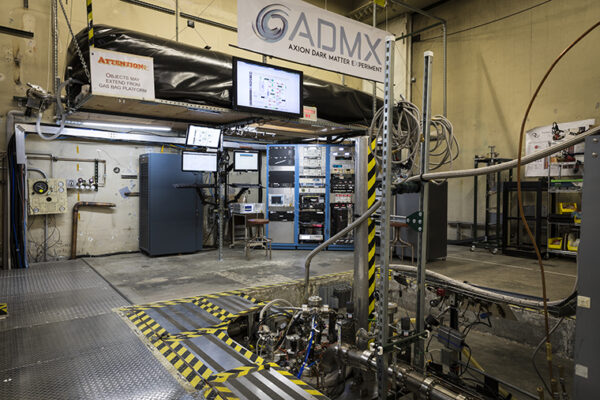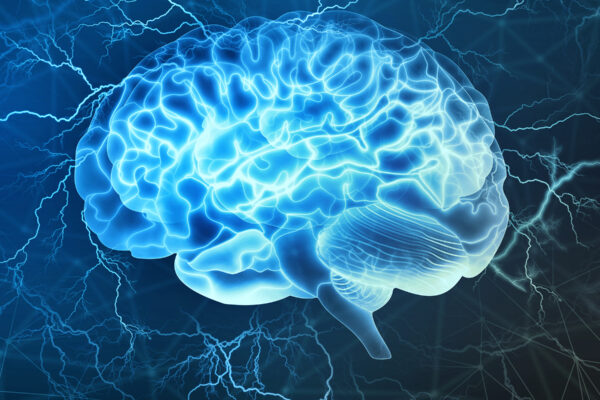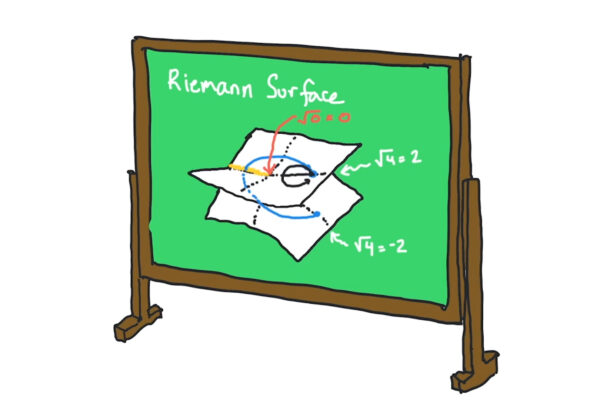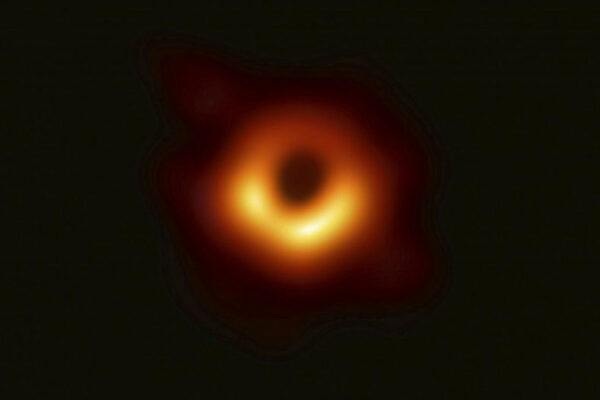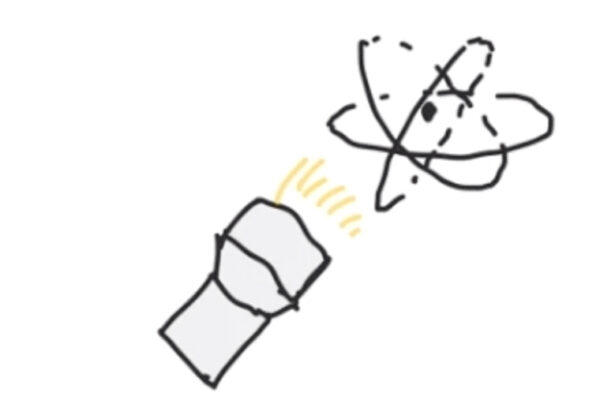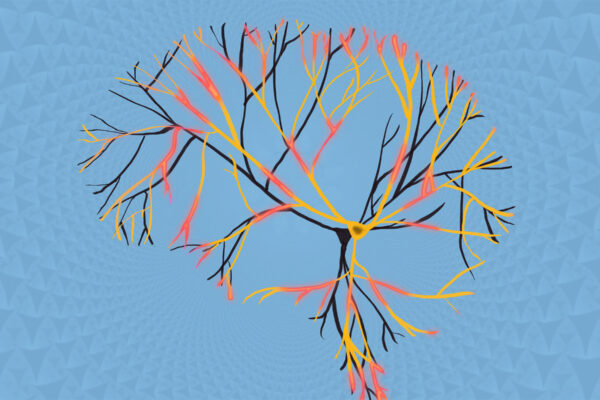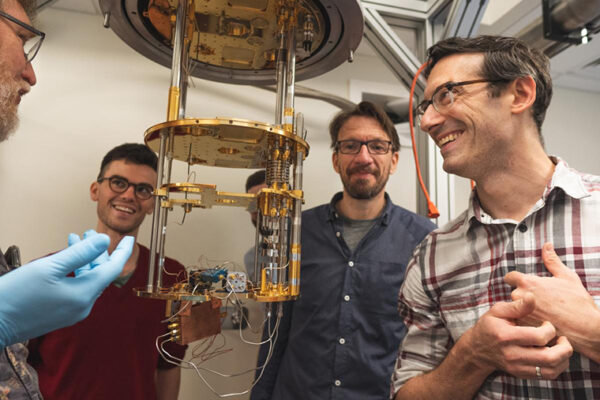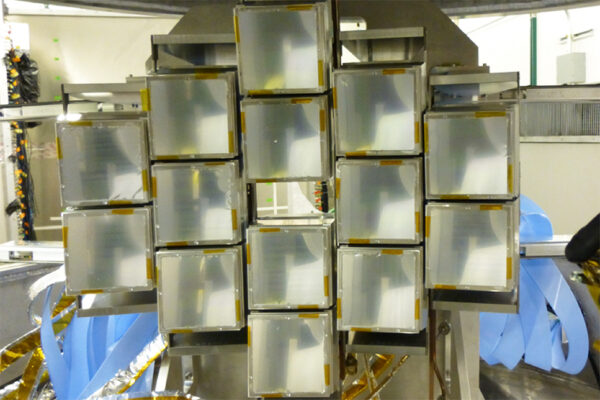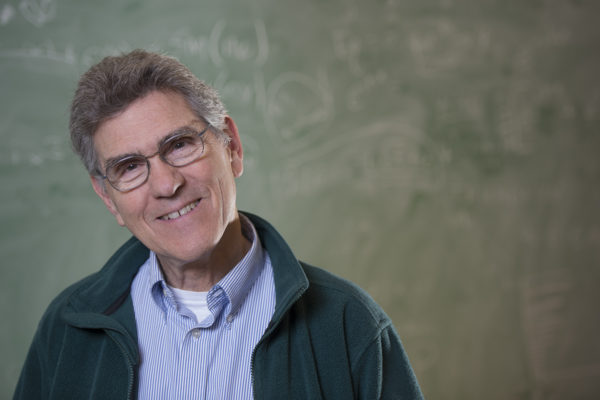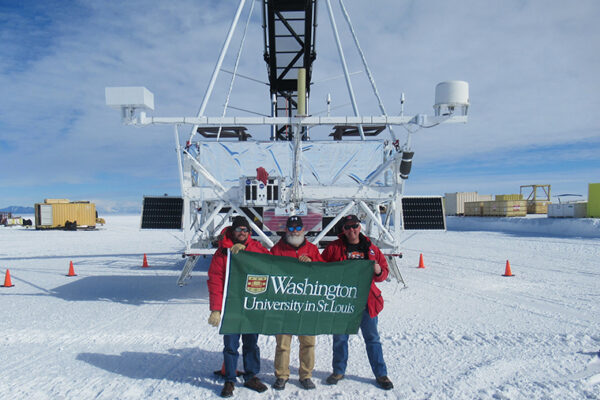DOE funds new physics research in dark matter
While evidence for dark matter is strong, the nature of dark matter has remained a mystery. James H. Buckley, professor of physics in Arts & Sciences, is part of a research team searching for axions — very light, invisible particles streaming through the cosmos.
Understanding criticality and the brain’s neural networks
New research from Washington University in St. Louis confirms that the brain tunes itself to a point where it is as excitable as it can be without tipping into disorder, similar to a phase transition. The new research from Keith Hengen, assistant professor of biology in Arts & Sciences, is published Oct. 7 in the journal Neuron.
Complex energies, quantum symmetries
New research from Washington University in St. Louis realizes one of the first parity time-symmetric quantum systems, allowing scientists to observe how that symmetry — and the breaking of it — leads to previously unexplored phenomena. These and future PT symmetry experiments have potential applications to quantum computing. The work from the laboratory of Kater Murch, associate professor of physics in Arts & Sciences, is published Oct. 7 in the journal Nature Physics.
Nowak, collaborators win Breakthrough Prize for black hole image
Michael Nowak, research professor of physics in Arts & Sciences, is a member of the Event Horizon Telescope collaboration that won the 2020 Breakthrough Prize in Fundamental Physics. The award recognizes the team’s achievement of making the first image of a supermassive black hole, “taken by means of an Earth-sized alliance of telescopes.”
Characterizing the ‘arrow of time’ in open quantum systems
Even in the strange world of open quantum systems, the arrow of time points steadily forward — most of the time. A video details new experiments conducted at Washington University in St. Louis that compare the forward and reverse trajectories of superconducting circuits called qubits, and find that they largely tend to follow the second law of thermodynamics. The research is published July 9 in the journal Physical Review Letters.
The fractal brain, from a single neuron’s perspective
Physicists studying the brain at Washington University in St. Louis have shown how measuring signals from a single neuron may be as good as capturing information from many neurons at once using big, expensive arrays of electrodes. The new work continues the discussion about how the brain seems to function in a “critical” state. The research was reported in the Journal of Neuroscience.
Center for Quantum Sensors tackles big questions
The university’s interdisciplinary Center for Quantum Sensors aims to harness the power of quantum mechanics to detect and decipher some of the universe’s greatest mysteries. The effort is timely as Congress recently approved a federal program supporting the development of quantum technologies.
‘Featherweight oxygen’ discovery opens window on nuclear symmetry
Researchers in Arts & Sciences have discovered and characterized a new form of oxygen dubbed “featherweight oxygen” — the lightest-ever version of the familiar chemical element oxygen, with only three neutrons to its eight protons.
Bender receives Humboldt Research Award
Carl Bender, the Konneker Distinguished Professor Emeritus of Physics in Arts & Sciences, has received a Humboldt Research Award. The award is given to academics whose fundamental discoveries, new theories or insights have had a significant impact on their own discipline and who are expected to continue producing cutting-edge achievements in the future.
Cosmic ray telescope launches from Antarctica
Washington University in St. Louis announced that its SuperTIGER (Super Trans-Iron Galactic Element Recorder) instrument, which studies the origin of cosmic rays, successfully launched today from Williams Field at McMurdo Station in Antarctica.
View More Stories
